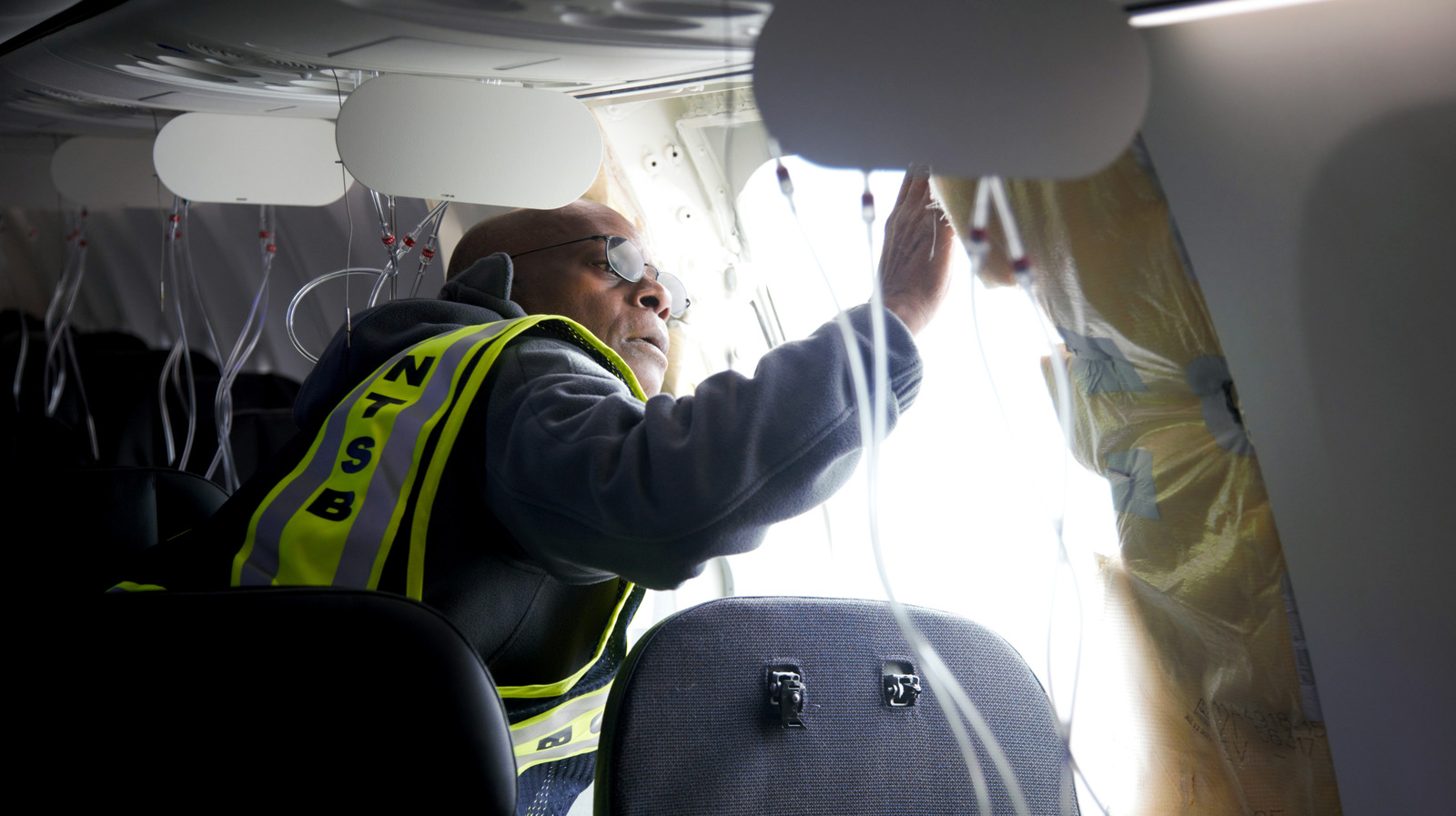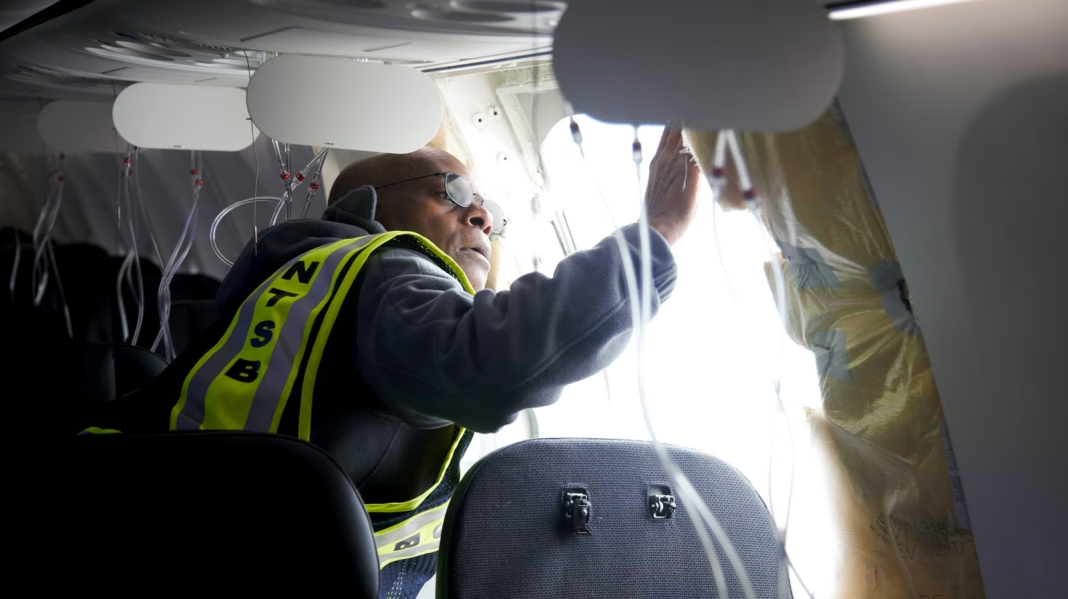Why Did Boeing Face a $3.1 Million Fine After the 737 Max Door Plug Incident?
When the Federal Aviation Administration (FAA) announced a proposed $3.1 million fine against Boeing, it sent ripples through the aviation world. The penalty wasn’t just about the infamous 737 Max door plug blowout—it also pointed to deeper concerns about how Boeing handled safety oversight. So what really happened, and why does it matter for travelers and the industry as a whole?
What Actually Happened With the 737 Max Door Plug Blowout?
In early 2024, a Boeing 737 Max experienced a dramatic door plug blowout mid-flight. Thankfully, no one was seriously injured, but the incident raised urgent questions about manufacturing quality and safety protocols. Investigations revealed that the door plug, a panel designed to cover an unused emergency exit, was not properly secured. This wasn’t just a fluke. The FAA’s findings suggested that lapses in Boeing’s assembly process allowed the aircraft to leave the factory with a critical safety issue.
How Did Boeing Allegedly Interfere With Safety Oversight?
Beyond the hardware failure, the FAA’s proposed fine also cited Boeing for interfering with the independence of safety officials. According to the agency, Boeing managers pressured employees responsible for quality assurance, potentially discouraging them from reporting safety concerns. This is a big deal. The FAA relies on a system where manufacturers self-report issues and empower their own inspectors to flag problems. If that trust breaks down, the whole safety net weakens.
What Does This Fine Mean for Boeing and the Aviation Industry?
A $3.1 million fine might sound hefty, but in the context of Boeing’s multi-billion dollar operations, it’s more symbolic than punitive. Still, the message is clear: regulators are watching, and the days of unchecked self-policing are numbered. Industry experts, like those at the Flight Safety Foundation, warn that even minor lapses can have outsized consequences in aviation. The fine also comes at a time when public confidence in Boeing has already been shaken by previous 737 Max incidents.
Are Fines Like This Enough to Drive Real Change?
Some critics argue that financial penalties alone aren’t enough to force meaningful reform. After all, Boeing’s revenue last year topped $66 billion, according to its annual report. What really moves the needle is regulatory scrutiny, public pressure, and the risk of losing business from airlines and passengers. Following the blowout, several major carriers demanded more transparency and even paused new aircraft deliveries until additional inspections were completed.
How Are Regulators and Airlines Responding?
The FAA has ramped up its oversight of Boeing, including more frequent audits and stricter requirements for documentation. Airlines, for their part, are pushing for more direct access to quality control data and demanding that Boeing implement third-party inspections. The European Union Aviation Safety Agency (EASA) has also signaled it may increase its own checks on Boeing jets entering European airspace.
What Can Passengers and the Public Expect Going Forward?
For travelers, the main concern is simple: is it safe to fly? The good news is that incidents like the door plug blowout are extremely rare, and the aviation industry remains one of the safest forms of transportation. Still, the episode serves as a reminder that safety is an ongoing process, not a one-time achievement. Passengers can expect more visible inspections and perhaps some delays as airlines and regulators double down on quality assurance.
The big takeaway? Aviation safety isn’t about perfection—it’s about smarter adjustments. Start with one change this week, and you’ll likely spot the difference by month’s end. Whether you’re a frequent flyer or just watching from the ground, keeping an eye on how companies respond to these challenges is the best way to ensure safer skies for everyone.


